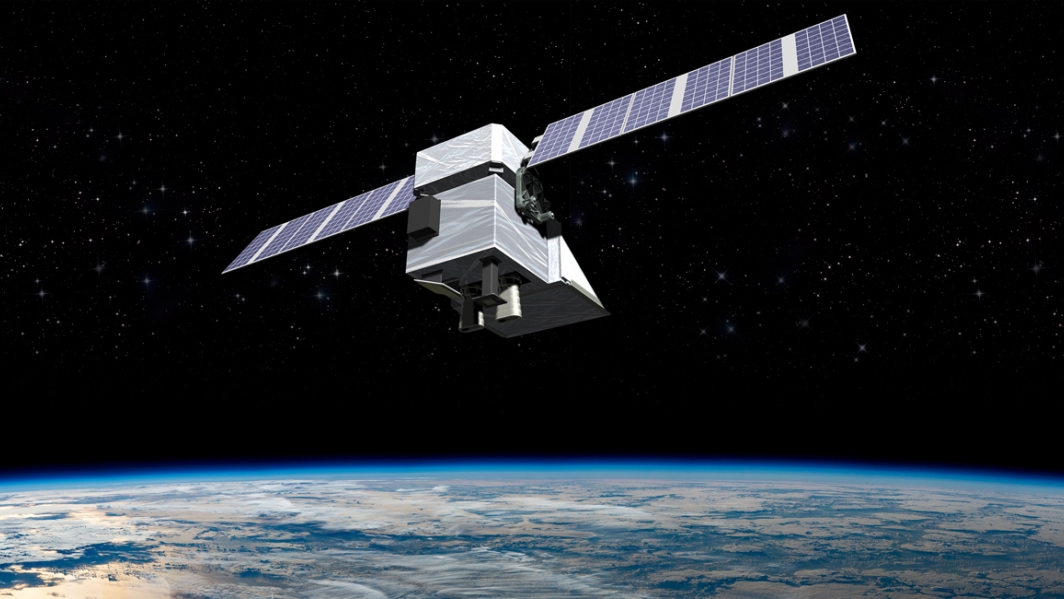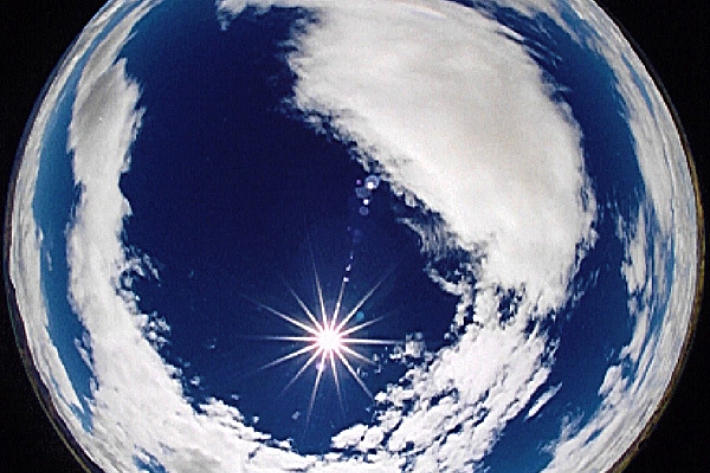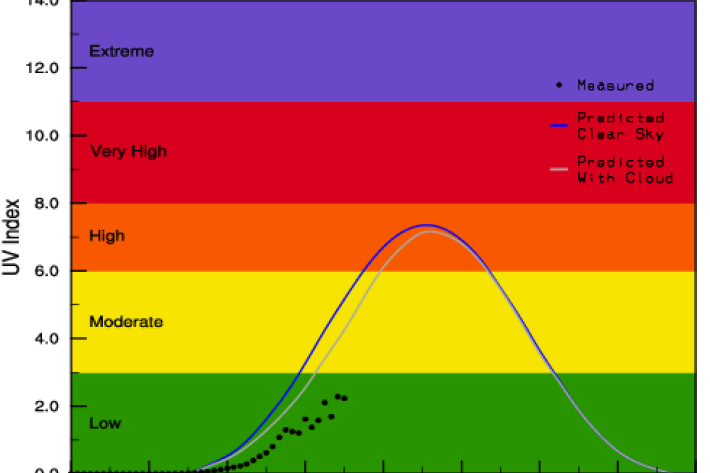-
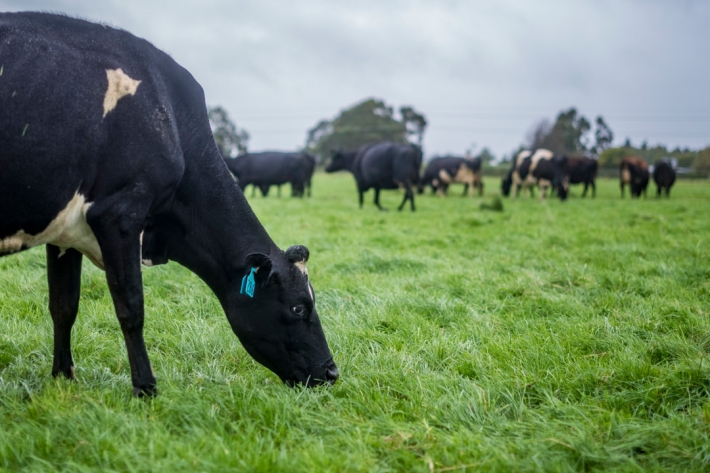
Methane
FacilityMethane (CH4) is the second most important greenhouse gas after CO2 that is produced by human activities. -
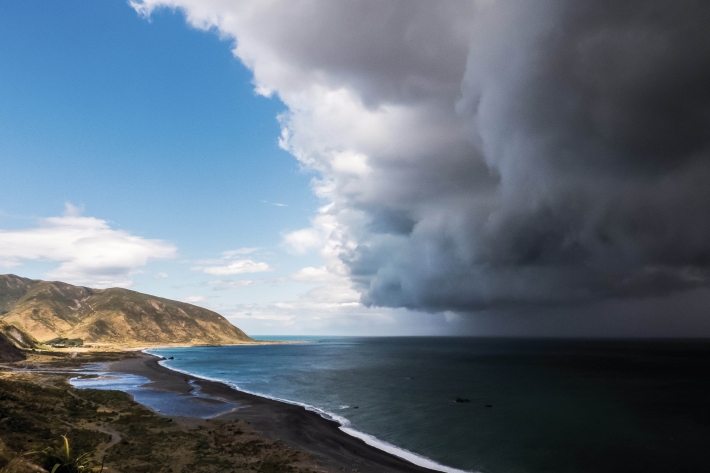
Common climate and weather terms
Education ResourceA glossary of common climate change and meteorological terms. -
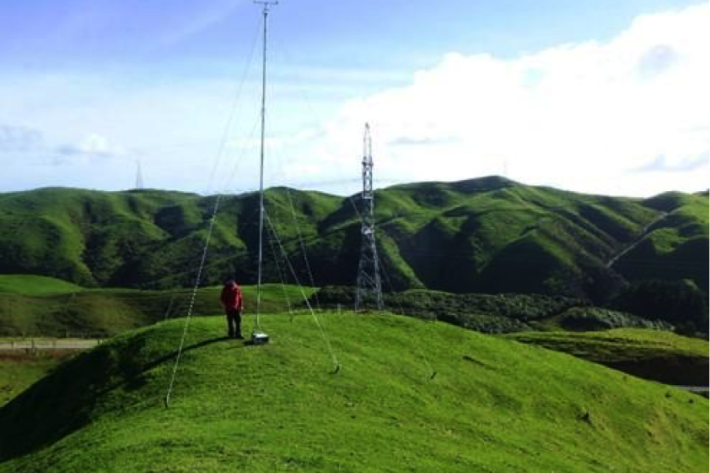
Estimating design wind speeds in complex terrain
Research ProjectThe current method for calculating wind speed-up is inadequate, and can grossly under-predict correct design wind speeds in NZ's complex terrain. -
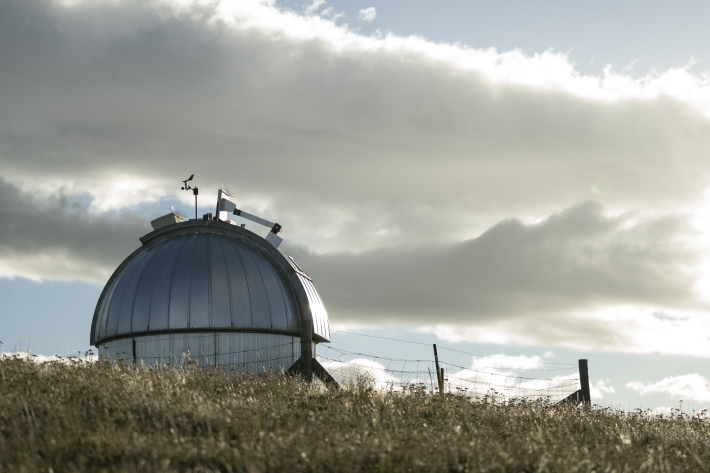
UVI forecast for Specific Sites
Check out UV index forecasts for locations in New Zealand (including ski fields), Australia, the Pacific and Antarctica. -
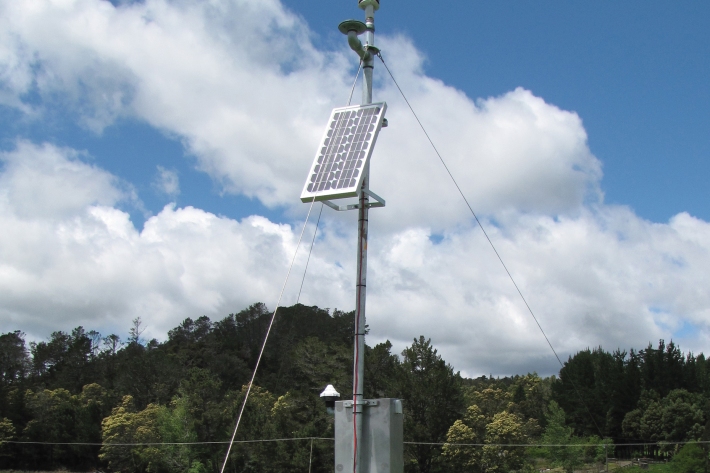
Climate and weather
Information about climate and weather and links to climate-related websites. -
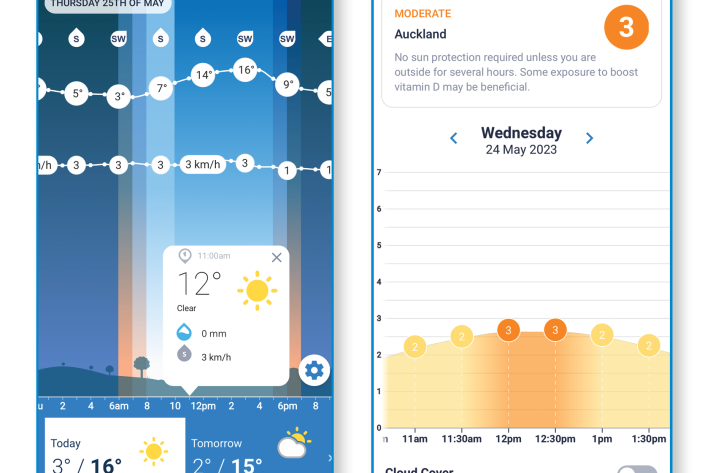
UVI smartphone apps
Several apps that provide forecasts of the UV index (UVI) are available for smartphones. -
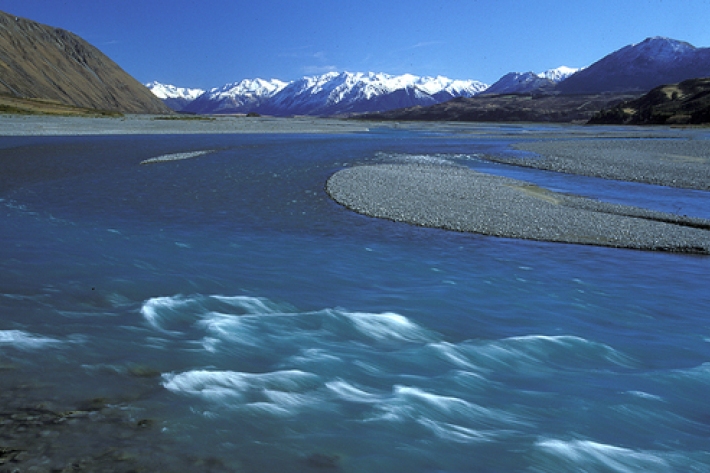
Common hydrological terms
Education ResourceDescriptions of the common terms that explain the processes that occur in hydrology. -
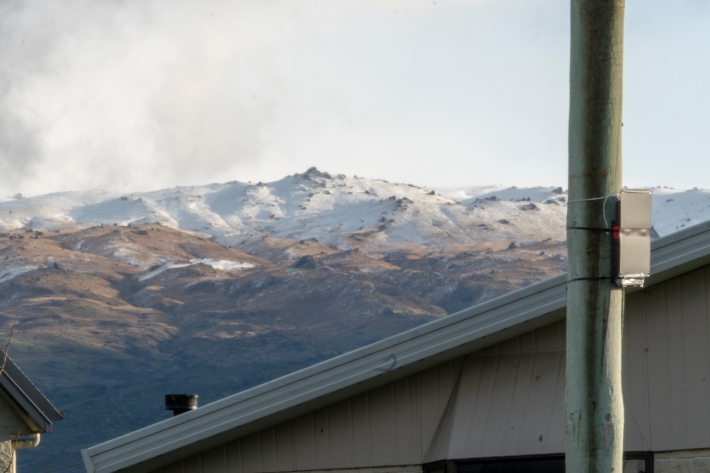
Air quality monitoring with low-cost sensors
ServiceNIWA provides ambient air quality monitoring services using low-cost ODIN (Outdoor Dust Information Node) sensors. -
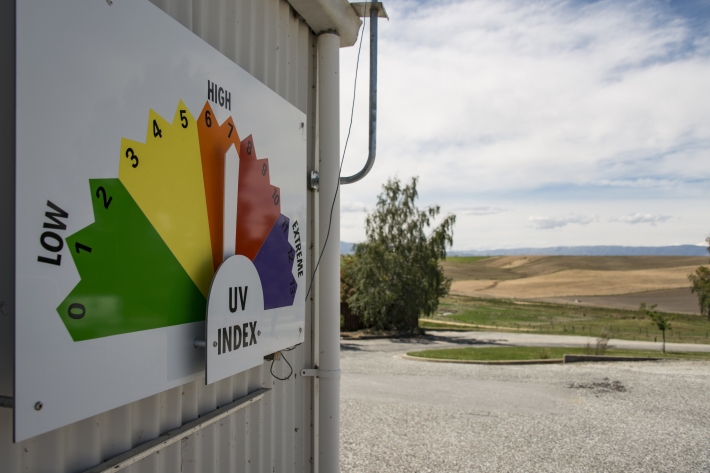
UV Index Information
The UV Index is a measure of the intensity of UV radiation. The larger the number, the more intense the UV. In New Zealand, its maximum summer value is generally about 12, but it can exceed 13 in the far North. In winter it reaches peak values of 1 or 2. Values of 10 or more should be considered as "extreme". At high altitude tropical sites (eg Mauna Loa Observatory, Hawaii), the UV Index can exceed 20.The UV Index supersedes the idea of "Time to Burn" or "Burn Time", which has been used previously in New Zealand. -
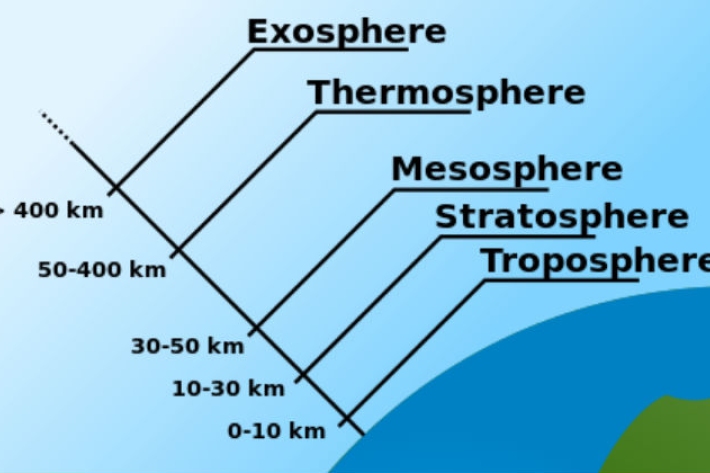
Layers of the atmosphere
Education ResourceThe atmosphere is comprised of layers based on temperature. These layers are the troposphere, stratosphere, mesosphere and thermosphere.

